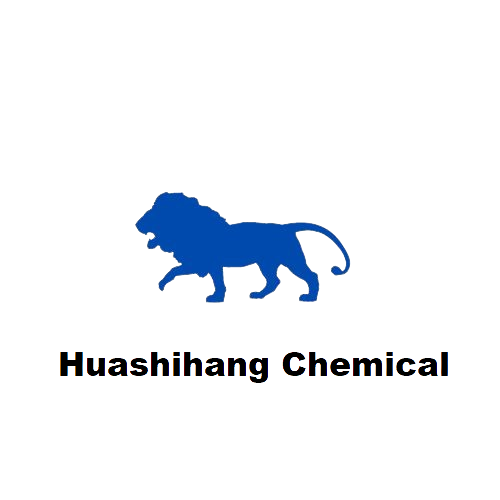glyoxylic acid uses in agriculture: Glyoxylic acid is a versatile chemical that has numerous applications across various industries. One such industry where glyoxylic acid finds extensive use is agriculture. Glyoxylic acid is a potent agrochemical agent that helps in plant growth and development. It is a colorless, odorless, and water-soluble chemical that is produced by the oxidation of glyoxal. In this article, we will discuss the various uses of glyoxylic acid in agriculture, its benefits, and safety considerations.
Glyoxylic Acid Uses: What is Glyoxylic Acid?
Glyoxylic acid is a highly reactive organic acid that is used as a starting material in the production of a wide range of chemicals. It is also used as a preservative, disinfectant, and as an intermediate in the synthesis of pharmaceuticals. In agriculture, glyoxylic acid is used as an agrochemical agent to improve crop yield and quality. It is available in both liquid and powder form, with varying concentrations.
Glyoxylic Acid Uses in Agriculture:
Glyoxylic acid has various uses in agriculture, ranging from seed treatment to crop growth enhancement. Some of its applications are as follows:
1.Glyoxylic Acid Uses: Seed Treatment
Glyoxylic acid is used as a seed treatment agent to improve germination and protect the seeds from fungal and bacterial infections. It also helps in the absorption of nutrients and water by the seeds. Seed treatment with glyoxylic acid is particularly useful in regions with high humidity and rainfall, where seed-borne infections are common.
2. Soil Conditioner
Glyoxylic acid is used as a soil conditioner to improve soil quality and nutrient availability. It helps in the chelation of micronutrients, such as iron, zinc, and copper, which are essential for plant growth. Glyoxylic acid also helps in the formation of humus, which is a natural soil conditioner that helps in water retention and improves soil structure.
3. Crop Growth Enhancer
Glyoxylic acid is used as a crop growth enhancer to improve plant growth and yield. It promotes the formation of chlorophyll, which is essential for photosynthesis and plant growth. Glyoxylic acid also helps in the uptake of essential nutrients, such as nitrogen, phosphorus, and potassium, by the plants.
4. Fertilizer Additive
Glyoxylic acid is used as a fertilizer additive to improve the efficacy of fertilizers. It helps in the slow release of nutrients from fertilizers, which reduces nutrient loss and improves plant growth. Glyoxylic acid also helps in the absorption of nutrients by the plants, which leads to better crop yields.
Glyoxylic Acid uses in Agriculture Benefits
The use of glyoxylic acid in agriculture offers several benefits, including:
1. Improved Crop Yield
Glyoxylic acid promotes plant growth and development, which leads to better crop yields. It also helps in the uptake of essential nutrients, which further improves crop yield.
2. Disease Prevention
Glyoxylic acid helps in the prevention of seed-borne and soil-borne infections, which can significantly impact crop yields. It also helps in the prevention of fungal and bacterial infections in crops, which can lead to significant losses.
3. Soil Improvement
Glyoxylic acid improves soil quality by chelating essential micronutrients and promoting the formation of humus. It also helps in water retention and improves soil structure, which leads to better crop growth.
4. Environmental Benefits
The use of glyoxylic acid in agriculture can lead to reduced fertilizer use, as it helps in the slow release of nutrients from fertilizers. This reduces nutrient loss and leads to better environmental outcomes.
Glyoxylic Acid Uses: Safety Considerations
While glyoxylic acidis generally considered safe when used properly, it is important to handle it with care to avoid any adverse effects. Here are some safety considerations to keep in mind when using glyoxylic acid in agriculture:
1. Glyoxylic Acid Uses: Protective Gear
When handling glyoxylic acid, it is important to wear protective gear, including gloves, goggles, and a respirator. This will help protect you from any skin, eye, or respiratory irritation that may occur when handling the chemical.
2. Proper Storage
Glyoxylic acid should be stored in a cool, dry place, away from direct sunlight. It should also be kept away from heat sources and incompatible materials, such as strong oxidizers and bases.
3. Proper Dilution
Glyoxylic acid should be properly diluted before use to avoid any adverse effects. The concentration of the chemical will depend on the specific application and the crop being treated.
4. Proper Application
Glyoxylic acid should be applied in accordance with the manufacturer’s instructions. It should not be over-applied, as this can lead to toxicity in the plants. It should also be applied at the appropriate time to ensure maximum efficacy.
5. Environmental Considerations
Glyoxylic acid should be used in a responsible manner to minimize any negative impact on the environment. It should not be applied near water sources or in areas where it may leach into groundwater. It should also not be used in excessive amounts, as this can lead to soil and water pollution.
Conclusion
Glyoxylic acid is a versatile chemical that has numerous applications in agriculture. Its use as a seed treatment, soil conditioner, crop growth enhancer, and fertilizer additive can significantly improve crop yield and quality. It also offers environmental benefits by reducing the use of fertilizers and minimizing nutrient loss. However, it is important to handle glyoxylic acid with care and follow proper safety measures to avoid any adverse effects. By using glyoxylic acid responsibly, farmers can improve crop productivity while minimizing any negative impact on the environment.


